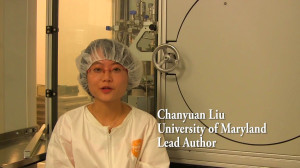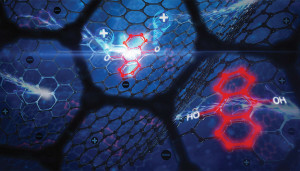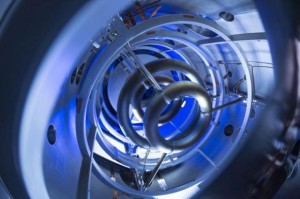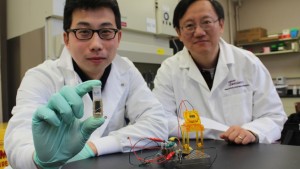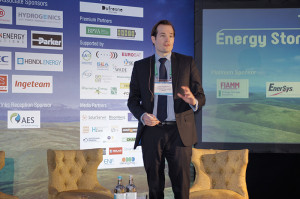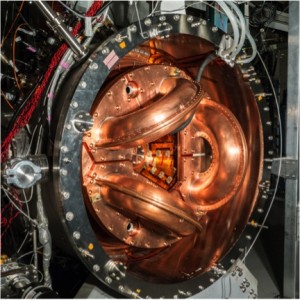
The reactor uses a tokamak design, which is a giant torus surrounded on the sides and in the core by superconducting magnets generating tremendous energy.
Credit: University of Washington
Fusion energy appears to be the future of energy storage – or at least it should be. Fusion energy yields zero greenhouse gas emissions, no long-lived radioactive waste, and a nearly unlimited fuel supply.
Up until this point, there has been an economic roadblock in producing this type of energy. The designs that have been penciled out to create fusion power are too expensive and won’t feasibly outperform systems that use fossil fuels.
Now, the engineers at the University of Washington (UW) are hoping to change that. They have designed a concept for a fusion reactor, that when scaled up, would rival costs of fossil fuel plants with similar electrical outputs.
This from the University of Washington:
The design builds on existing technology and creates a magnetic field within a closed space to hold plasma in place long enough for fusion to occur, allowing the hot plasma to react and burn. The reactor itself would be largely self-sustaining, meaning it would continuously heat the plasma to maintain thermonuclear conditions. Heat generated from the reactor would heat up a coolant that is used to spin a turbine and generate electricity, similar to how a typical power reactor works.
Read the full article here.
Currently, the University of Washington’s concept is about one-tenth the size and power output of a final product, which would still be years away.
Does the future of energy interest you? Check out what our Energy Technology Division has to offer. And head over to our Digital Library to see what our scientists are researching in the field of energy storage and conversion.



